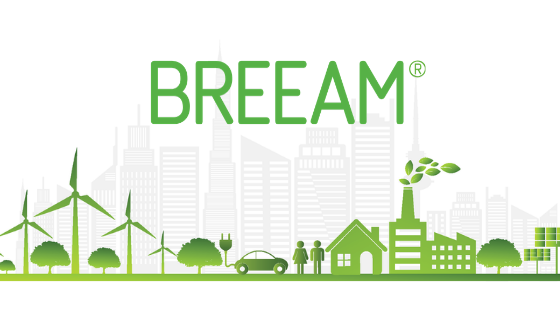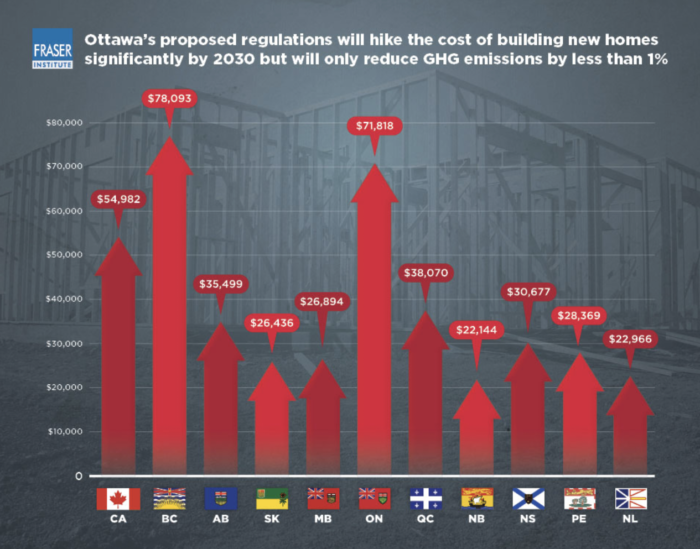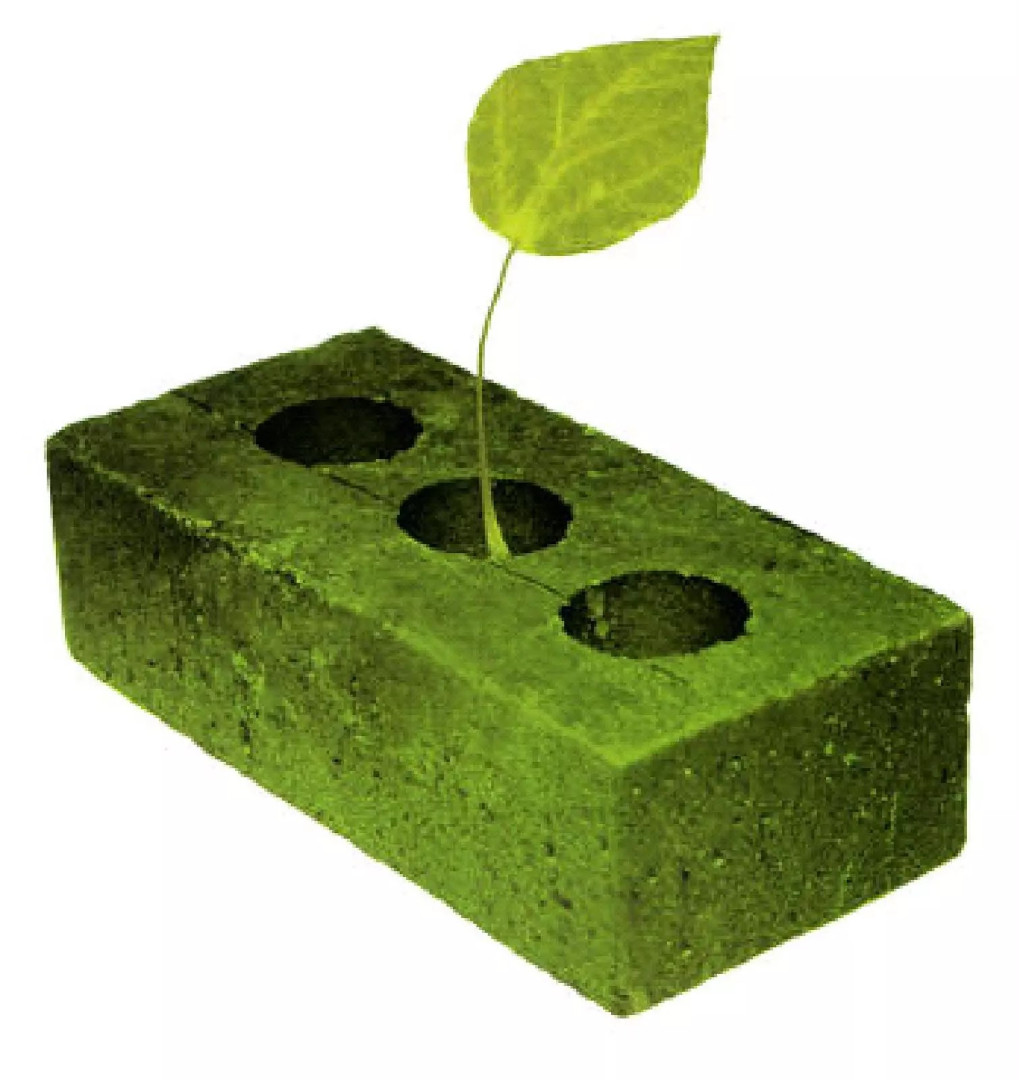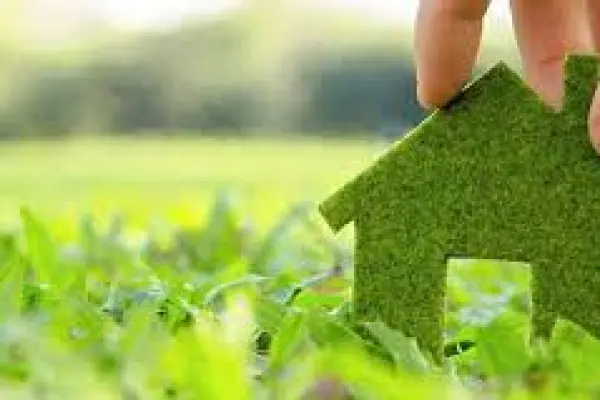In 2025, environmental requirements for new constructions have reached a critical point. The cost of compliance with new standards ranges from 8-15% of construction costs or $150-300/m², depending on the region and chosen technologies. The European EPBD 2024/1275 directive mandates carbon neutrality by 2030. Green construction of new buildings is no longer just a trend but a mandatory condition for obtaining construction permits.
Sustainable construction of new buildings is changing the game. In the USA, the ASHRAE 90.1-2019 standard (latest version) reduces energy consumption by 7.8% compared to the previous edition. Australia, since 2024, mandates the installation of solar panels on new homes in certain states. It should be noted that eco-requirements apply not only to materials but to the entire lifecycle of a building — a bridge between the past and future of architecture.
"Energy efficiency in new constructions today is not a luxury but a necessity. Every kilowatt-hour saved reduces the carbon footprint by 0.5 kg of CO2 per year," emphasizes European sustainable construction expert Markus Andersen.
International Standards for Building Environmental Certification
 Building environmental certification is based on three main systems. BREEAM certification covers 80+ countries worldwide. The LEED standard is applied in 165 countries. The Green Zoom certificate is gaining popularity in Eastern Europe.
Building environmental certification is based on three main systems. BREEAM certification covers 80+ countries worldwide. The LEED standard is applied in 165 countries. The Green Zoom certificate is gaining popularity in Eastern Europe.
In my work with developers, I often encounter a lack of understanding of the differences between standards. BREEAM focuses on overall environmental performance. LEED emphasizes energy efficiency. Green Zoom is adapted to local climatic conditions.
| Standard | Region of Application | Main Focus | Certification Cost | Certification Timeline |
|---|---|---|---|---|
| BREEAM | Europe, Middle East | Comprehensive Ecology | $15,000-45,000 | 6-12 months |
| LEED | USA, Canada, Asia | Energy Efficiency | $20,000-80,000 | 8-18 months |
| Green Zoom* | Eastern Europe (except Ukraine) | Local Adaptation | $8,000-25,000 | 4-8 months |
| DGNB | Germany, Central Europe | Building Lifecycle | $12,000-35,000 | 6-10 months |
This table highlights key differences in certification approaches, which is critical when planning a new construction project. *Green Zoom is not applied in Ukraine since 2022.
Building Energy Efficiency Class and Its Impact on Cost
 Why has energy efficiency become a measure of quality? The energy efficiency class of buildings determines not only living comfort but also the market value of real estate. In the EU-27 (excluding Ukraine), 55% of new constructions in 2024 achieved an A-class energy efficiency rating — a 20% increase since 2020, according to Eurostat data.
Why has energy efficiency become a measure of quality? The energy efficiency class of buildings determines not only living comfort but also the market value of real estate. In the EU-27 (excluding Ukraine), 55% of new constructions in 2024 achieved an A-class energy efficiency rating — a 20% increase since 2020, according to Eurostat data.
The numbers are impressive. Climate-neutral buildings consume 60-80% less energy. In dollar terms, savings amount to $500-1,200 per year for a typical 80 m² apartment. Calculating the return on investment in eco-technologies is not always straightforward. But it is effective.
"In one of our projects in Kyiv, we achieved an A+ energy efficiency class with only an 8% increase in construction costs. Air recovery systems and heat pumps paid off in 4 years," shares architect Olena Kovalenko.
Ukrainian Eco-Standards and Climatic Features
DBN V.2.6-98:2009 "Building Structures. Energy Efficiency of Buildings" regulates the main environmental requirements for new constructions, considering Ukraine's continental climate. GSN environmental standards cover 15 key parameters of construction environmental safety. SNiP 2.04.05-91* "Heating, Ventilation, and Air Conditioning" sets minimum standards for indoor environmental quality across all climatic zones of the country.
The time for change has come. The transitional period for implementing environmental construction requirements will continue until 2027, according to the "Concept of State Policy Implementation in the Field of Heat Supply." Environmental construction expertise is mandatory for projects over 2000 m² or those with significant environmental impact, per the Law of Ukraine "On Environmental Expertise." It is known that fines for violating environmental construction standards range from 1700 to 8500 UAH ($45-230) for legal entities, according to the Code of Ukraine on Administrative Offenses.
Government support exists. State incentives include a 5-year profit tax exemption for projects with international certification using green construction technologies, per Article 158 of the Tax Code of Ukraine.
How to Obtain a Certificate: Step-by-Step Algorithm
The process takes time. Eco-certification takes 6-18 months, depending on the chosen standard. Costs range from $8,000 to $80,000 for a medium-sized project. In one of our projects last season, we completed the full BREEAM cycle in 8 months due to pre-prepared documentation.
Certification Steps:
- Select a standard and register the project
- Prepare project documentation considering ecological building design
- Preliminary assessment (4-6 weeks)
- Construction adhering to requirements
- Final audit and certificate issuance
For Ukrainian developers, the process is simplified through accredited local certification centers in Kyiv, Dnipro, and Odesa.
Green Materials in Construction and Their Applications
 The right choice of materials determines a project’s environmental impact. Bio-concrete reduces the carbon footprint by 30%. Recycled timber saves 2.5 tons of CO2 per cubic meter. Hemp insulation outperforms mineral wool in eco-friendliness by 8 times.
The right choice of materials determines a project’s environmental impact. Bio-concrete reduces the carbon footprint by 30%. Recycled timber saves 2.5 tons of CO2 per cubic meter. Hemp insulation outperforms mineral wool in eco-friendliness by 8 times.
Considering the structural features of modern buildings, the use of green materials requires a systematic approach. Basalt stone wool lasts over 50 years. Cellulose insulation from recycled paper is 15% cheaper than traditional options.
Renewable Energy Sources in Multi-Apartment Buildings
Solar panels in new constructions generate 15-25 kWh/m² per year in Ukraine’s climate, depending on the region and building orientation. Geothermal heating achieves a COP of up to 4.5 (1 kW of electricity yields 4.5 kW of heat) in ideal conditions. Wind turbines for buildings are effective at wind speeds above 3 m/s. Passive house technologies enable heating energy consumption of just 15 kWh/m²/year, with total energy consumption of 60-120 kWh/m²/year.
"Integrated photovoltaic panels in building facades are like sunglasses for a house. They protect from overheating while generating energy," explains renewable energy engineer Dmytro Petrenko.
In practice, I often notice developers fear high initial costs. However, air recovery systems pay off in 3-5 years, and solar panels in 5-7 years under a "green" tariff or 12-15 years under a standard tariff in Ukrainian conditions. Thus, investments in renewable energy require thorough economic analysis.
Environmental Management in Construction: A Comprehensive Approach
 Environmental management in construction covers the entire project cycle — from environmental construction expertise to project completion. The numbers speak for themselves. Construction waste recycling reaches 85% with proper environmental management. Water efficiency in buildings reduces consumption by 30-50% through smart management systems.
Environmental management in construction covers the entire project cycle — from environmental construction expertise to project completion. The numbers speak for themselves. Construction waste recycling reaches 85% with proper environmental management. Water efficiency in buildings reduces consumption by 30-50% through smart management systems.
Ecological building design starts with site selection. Biodiversity is considered in planning — trees and shrubs become part of the architectural solution. Indoor microclimate is shaped by a combination of engineering solutions. Indoor environmental quality is monitored by CO2, humidity, and temperature sensors every 15 minutes.
| Parameter | Standard Building | Eco-Friendly Building | Improvement |
|---|---|---|---|
| Energy Consumption (kWh/m²/year) | 150-200 | 50-80 | 60-70% |
| Water Consumption (l/person/day) | 200-250 | 120-150 | 40-50% |
| CO2 Emissions (kg/m²/year) | 80-120 | 20-40 | 70-80% |
| Waste Recycling (%) | 15-25 | 70-85 | 3-4 times |
The presented data is based on the analysis of 500+ projects in Europe and confirms the effectiveness of a comprehensive approach to ecological construction.
"In a residential complex project in Amsterdam, we adapted a 200-apartment complex to BENG (Nearly Energy Neutral Buildings) standards. We installed 800 kW heat pumps and 2,500 m² of solar panels. Additional costs were €500,000, but operational expenses dropped by 20% — saving €200,000 annually. Apartments sold 30% faster due to the A-class energy certificate," shares lead engineer from the Dutch company BAM, Michael de Vries.
Environmental Requirements and Sustainable Construction
Environmental construction requirements regulate impacts on urban ecosystems, per the Law of Ukraine "On Environmental Protection." Passive house technologies reduce heating energy consumption to 15 kWh/m²/year — 5-8 times less than a standard Ukrainian building. What is the price of environmental responsibility? Initial investments pay off in 8-15 years through resource savings in Ukrainian conditions.
It is known that green roofs and walls lower city temperatures by 2-5°C. In Germany, GEG 2025 standards encourage such solutions with tax incentives up to €10,000 per project. In the Netherlands, green infrastructure is mandatory for buildings over 30 m — nature becomes an architectural element.
Sustainable construction of new buildings includes rainwater management. Stormwater collection and treatment systems reduce the load on urban sewers by 40-60%. Permeable parking lot surfaces allow 150-300 l/m²/hour, turning every parking lot into an element of the urban ecosystem.
Trends in Eco-Construction Development
 In China, 30% of new constructions meet the GB/T 50378 standard, reducing CO2 emissions by 25%. In the USA, 40% of modern homes use renewable energy sources. In Ukraine, only 15% of new constructions meet European standards, but the growth is impressive — a 200% increase over the last 3 years.
In China, 30% of new constructions meet the GB/T 50378 standard, reducing CO2 emissions by 25%. In the USA, 40% of modern homes use renewable energy sources. In Ukraine, only 15% of new constructions meet European standards, but the growth is impressive — a 200% increase over the last 3 years.
In one project last season, we tested a "smart home" system with AI control. The algorithm studied residents’ habits for 3 months, then automatically optimized temperature, lighting, and ventilation. Energy savings reached 23% — every home becomes a personal assistant to its owners.
Modern eco-friendly construction technologies include 3D printing with recycled plastic. Modular construction reduces waste by 90%. Smart building management systems cut energy consumption by up to 40%.
Checklist for Choosing an Eco-Friendly New Construction
When choosing eco-friendly new constructions, pay attention to key quality criteria. Real estate with a green certificate costs 5-15% more, but operational costs are 30-50% lower. Where to buy an eco-friendly apartment without overpaying for marketing? Check real specifications, not just certificates.
Main Verification Criteria:
- Presence of an international certificate (BREEAM, LEED, Green Zoom)
- Energy efficiency class of at least B
- Air recovery system
- Renewable energy sources (solar panels, heat pumps)
- Eco-friendly finishing materials
- Waste separation system
- Green areas on the premises (at least 30%)
- Proximity to public transport
"Check for an air recovery system — it ensures a constant supply of fresh air without heat loss. This is especially important in airtight energy-efficient buildings," advises ventilation expert Andriy Koval.
Investments pay off with comfort. Green construction technologies pay off through quality of life. Stable temperatures, clean air, and low utility bills — this is an investment in family health that cannot be measured solely in money.
Action Plan Until the End of 2025
Time to make decisions. Environmental requirements for new constructions are tightening every quarter. What to do now?
For Developers:
- By September 2025: Select a certification standard for new projects
- By October 2025: Adapt projects to EPBD 2024/1275 requirements
- By December 2025: Prepare for new Ukrainian eco-standards starting in 2026
For Buyers of Eco-Friendly Residential Complexes:
- Explore eco-friendly new construction offerings in the region
- Calculate payback through utility bill savings
- Check for government support programs
Conclusion
Environmental requirements for new constructions in 2025 have become a standard for modern housing quality. From using green materials to obtaining international certifications — every element impacts comfort, cost, and the building’s carbon footprint.
Investing in eco-friendly housing pays off through reduced operational costs, increased property value, and improved quality of life. By choosing new constructions with environmental certification, you invest in a sustainable future for yourself and future generations.

